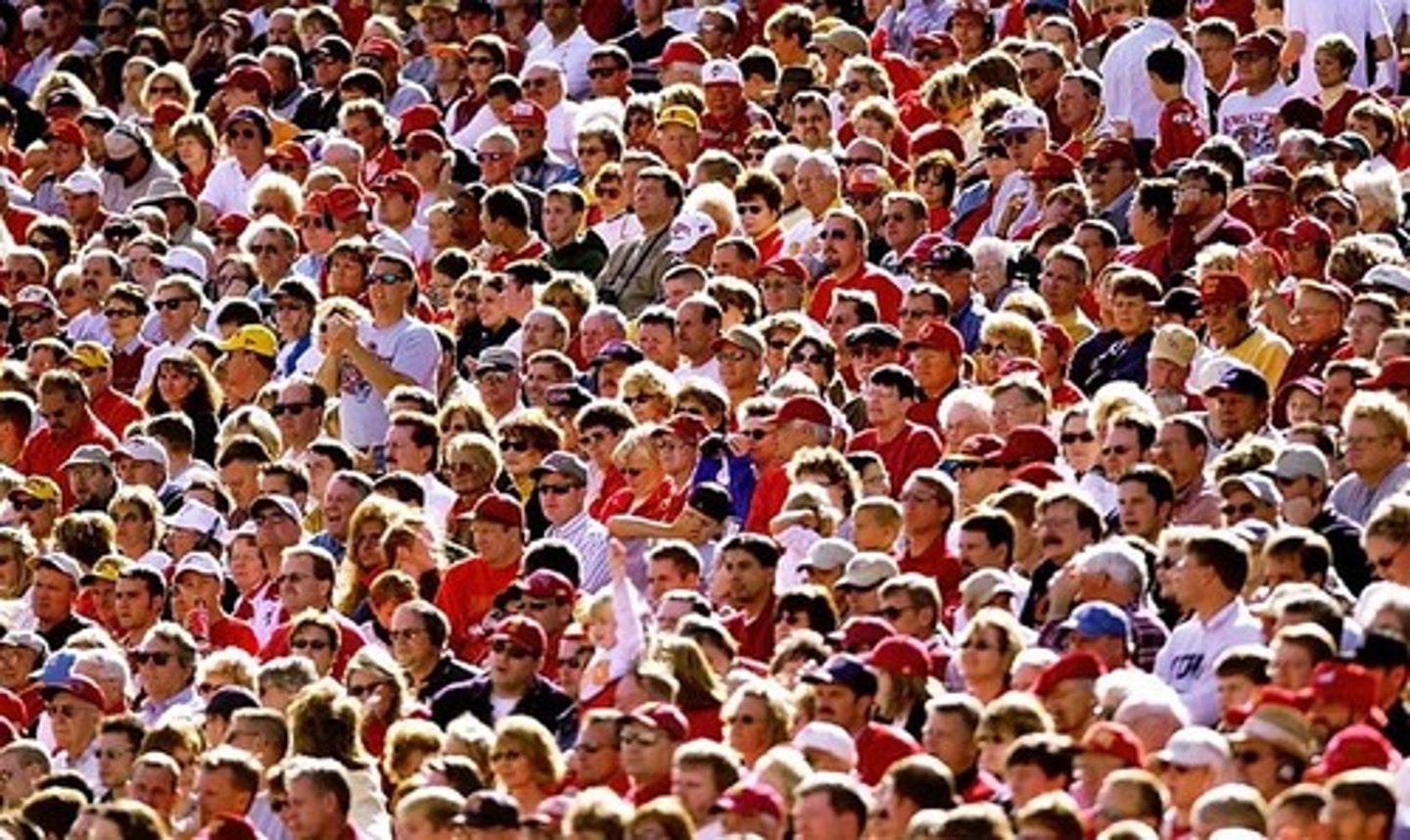02.0D BIO Communities & Ecosystem Dynamics - How Populations Grow & Limits to Growth (PART D)
1/30
There's no tags or description
Looks like no tags are added yet.
Name | Mastery | Learn | Test | Matching | Spaced |
|---|
No study sessions yet.
31 Terms
Geographic Range
The area geographic area inhabited by a population which can vary enormously in size, depending on the species.
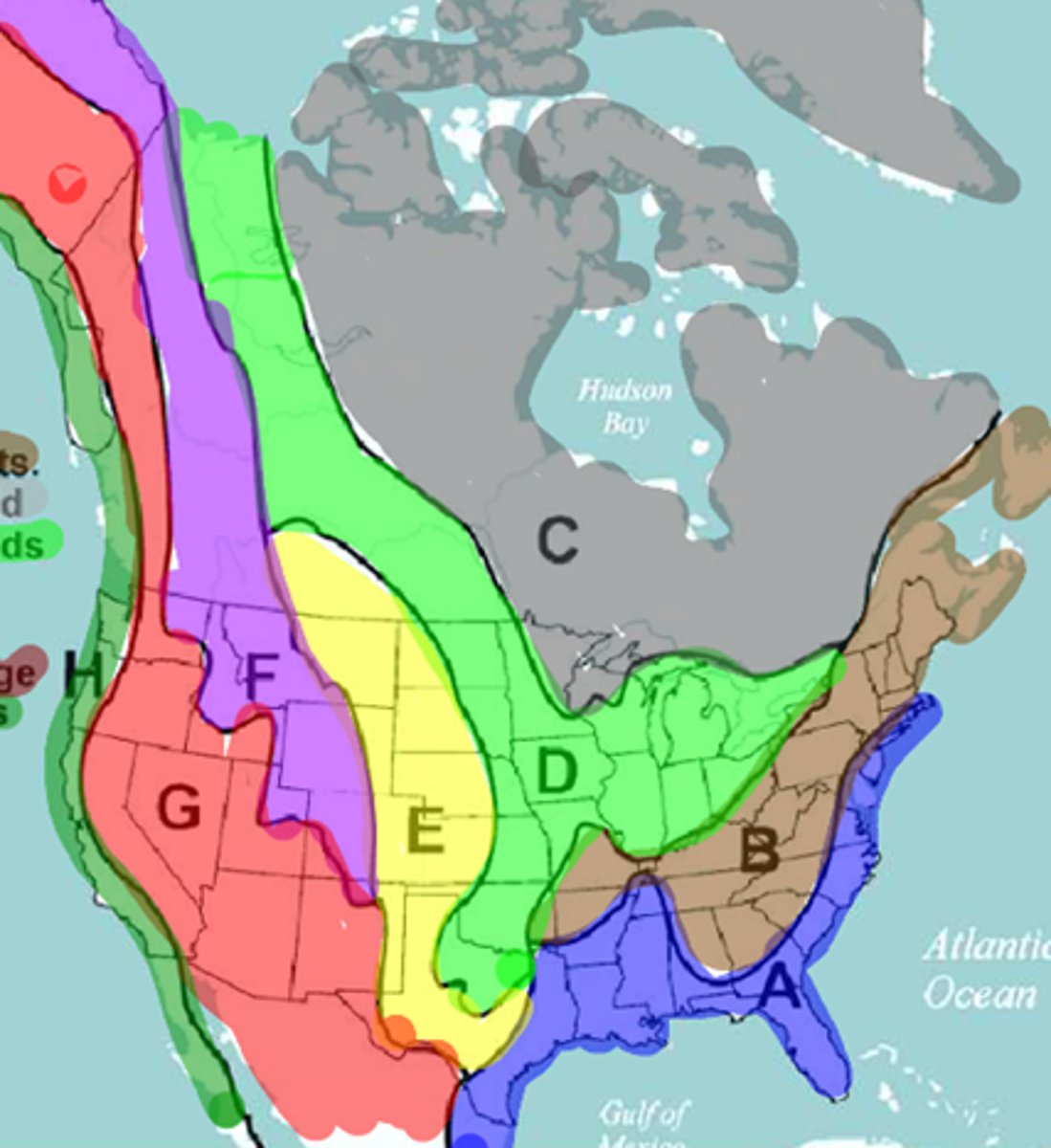
Population Distribution
Refers to how individuals in a population are spaced out across the range of the population—randomly, uniformly, or mostly concentrated in clumps.
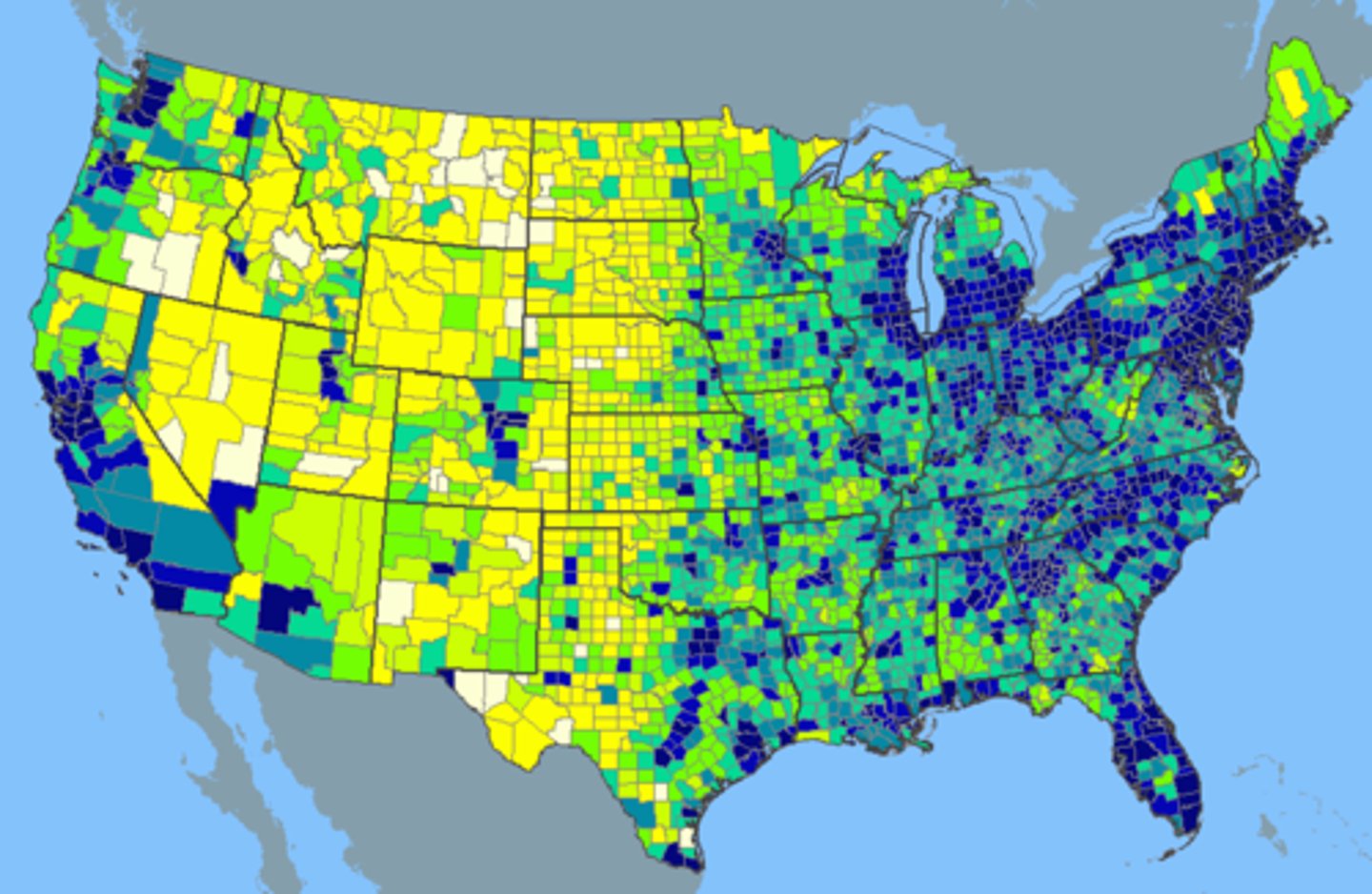
Population Density
Refers to the number of individuals per unit area.
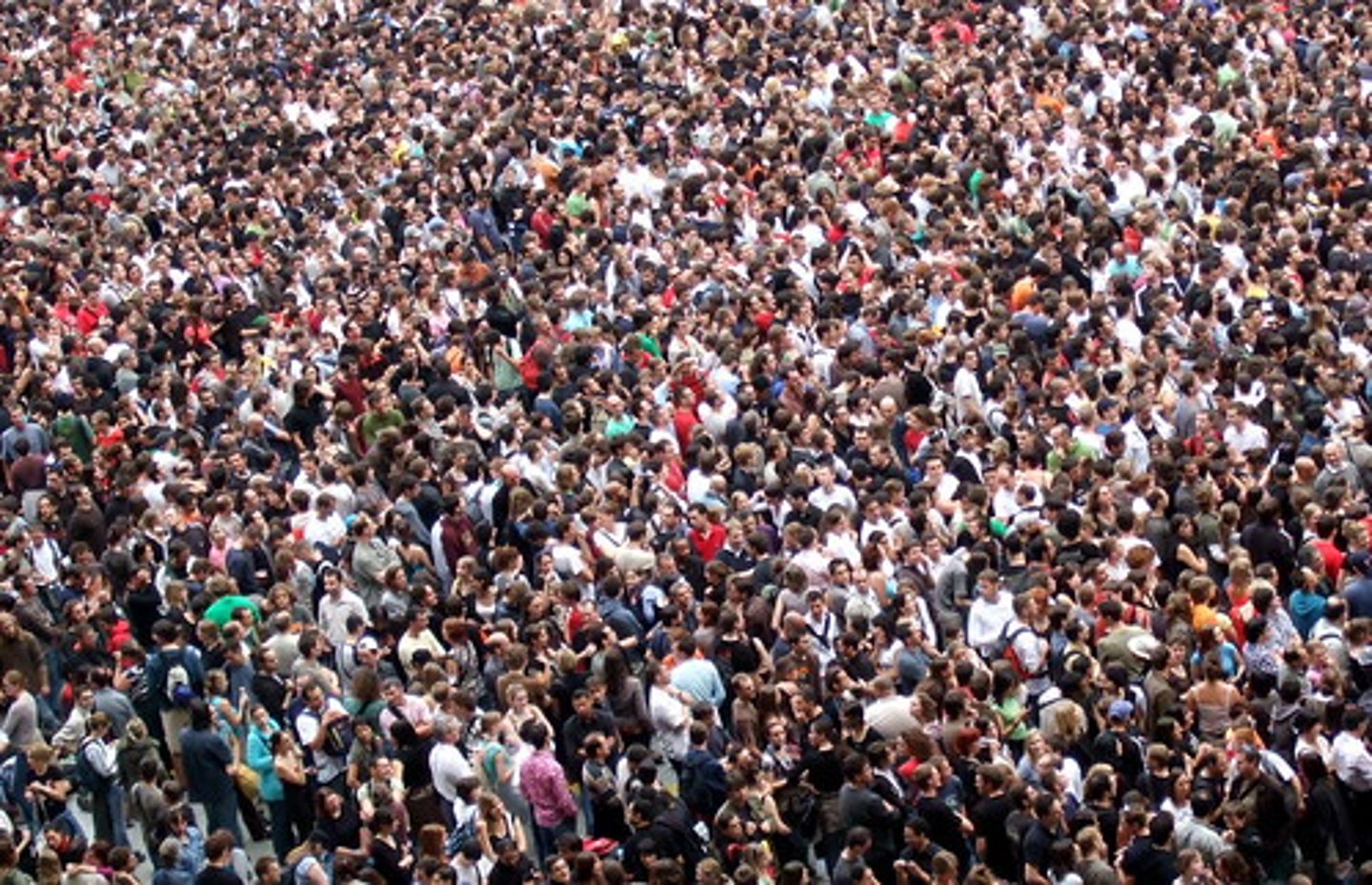
Population Equilibrium
A dynamic balance between births and deaths.
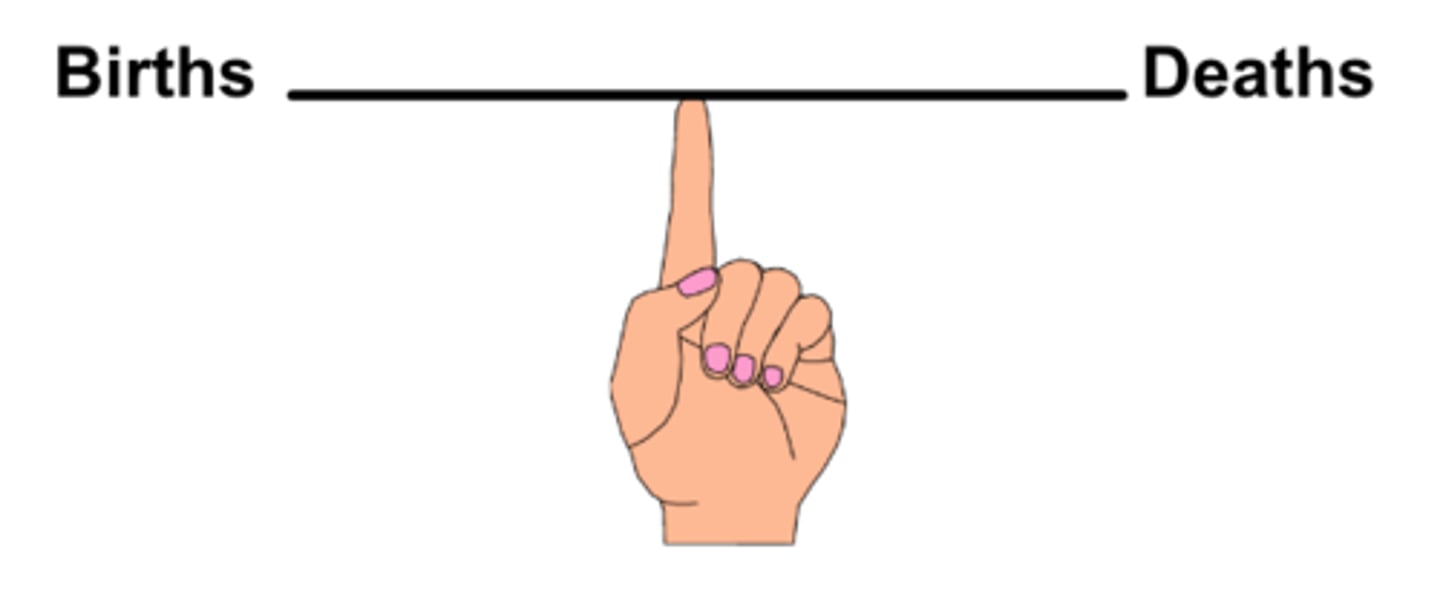
Population Growth
Determines whether the population size increases, decreases, or stays the same.
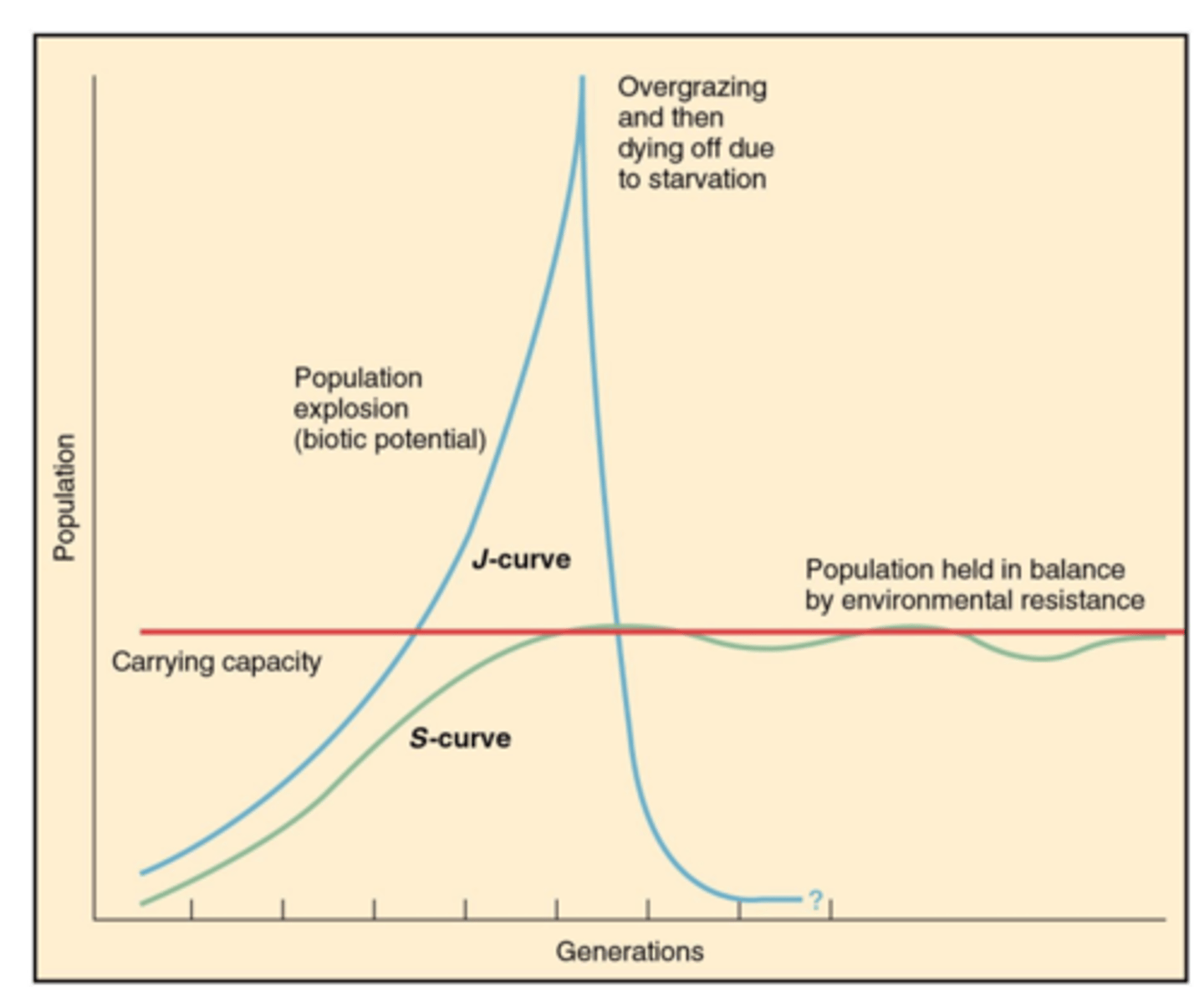
Immigration
A process in which individuals move into its range from elsewhere as animals search for mates and food, resulting in an increase in population size.
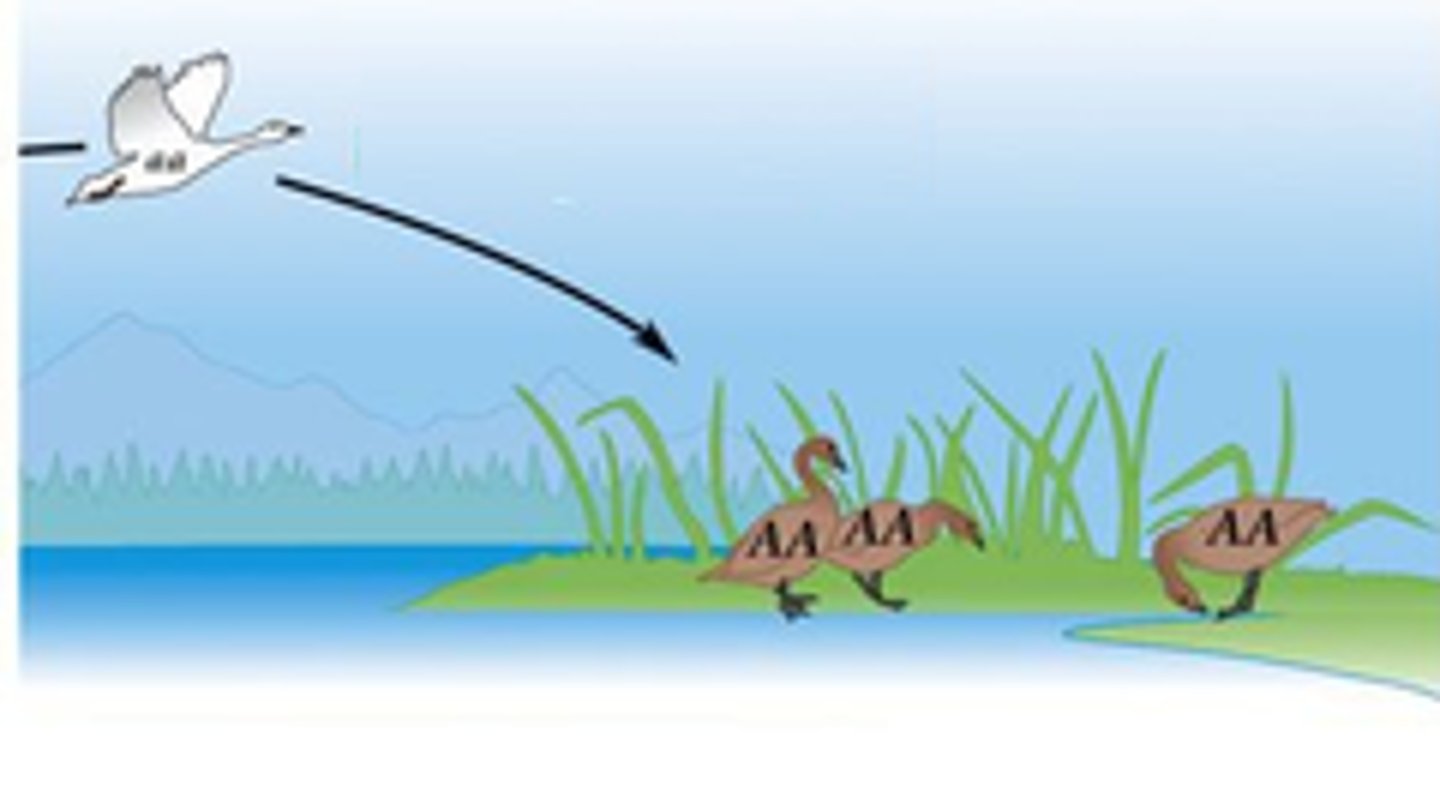
Emigration
A process in which individuals move out of the population's range to find food, mates or establish a new territory, resulting in a decrease in population size.
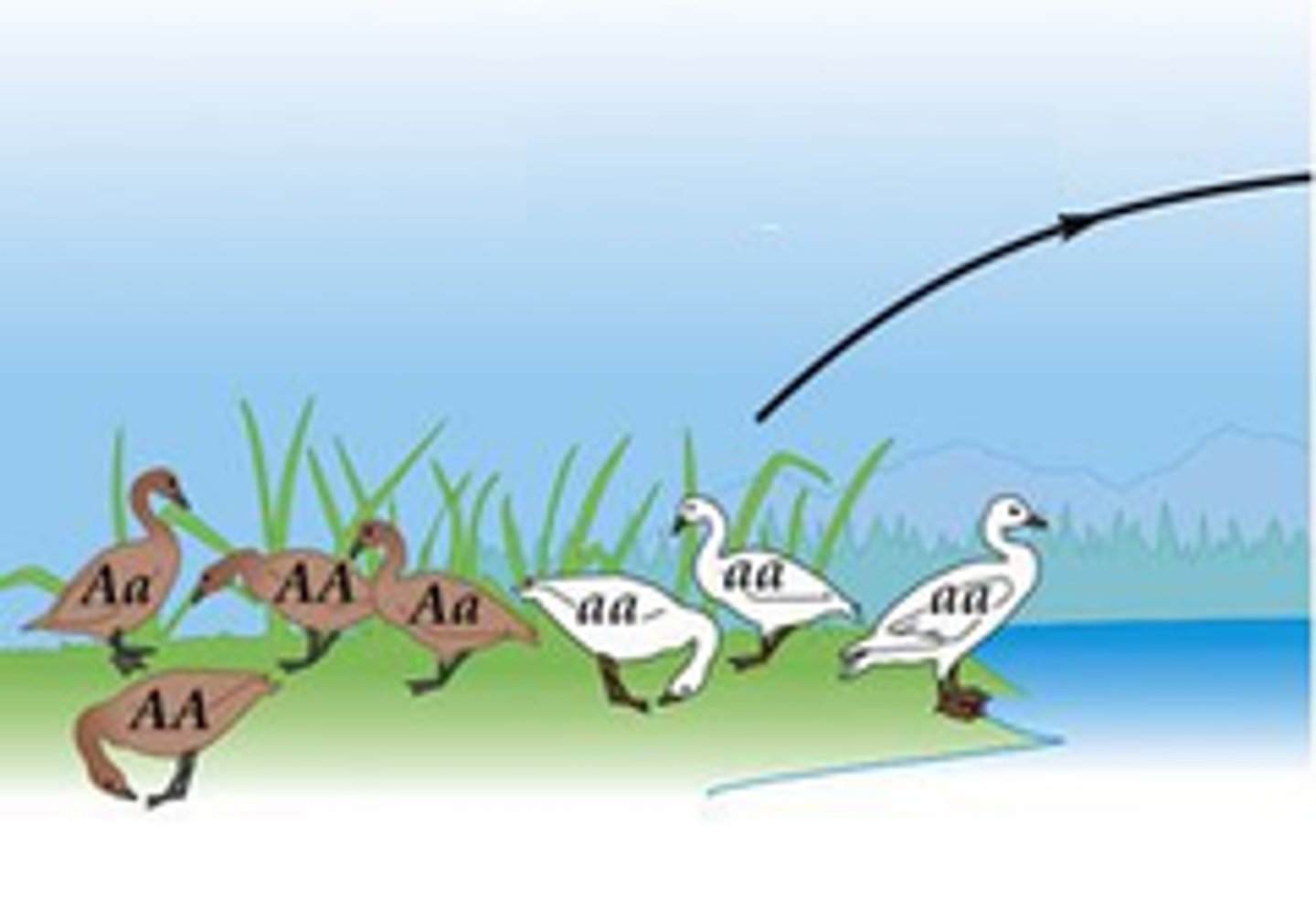
Exponential Growth
Growth of a population when unlimited resources and ideal conditions exist, represented as a J-curve when growth is plotted over time. The larger a population gets, the faster it grows. The size of each generation of offspring will be larger than the generation before it.
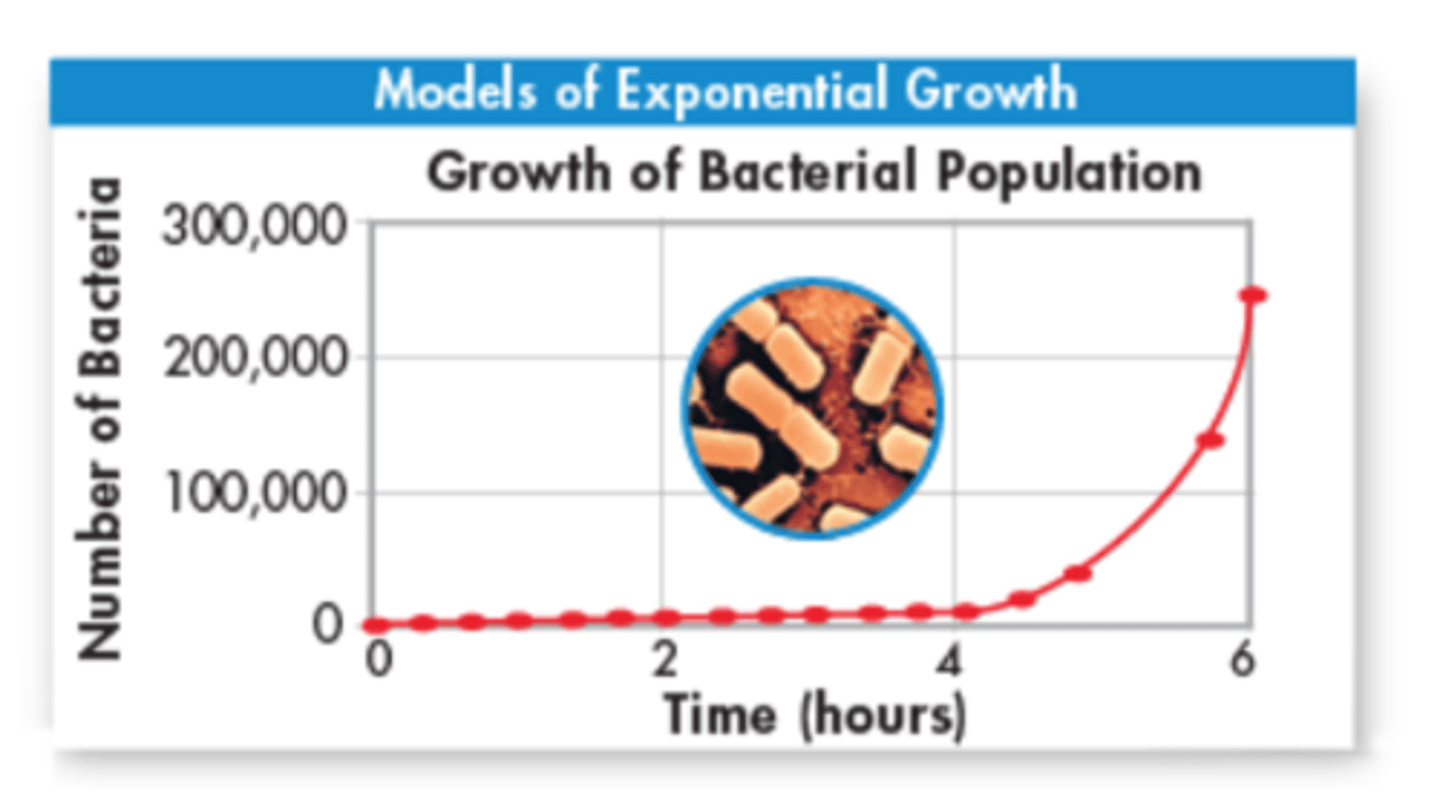
Logistic Growth
Population growth that is controlled by limited resources; represented by an S-curve
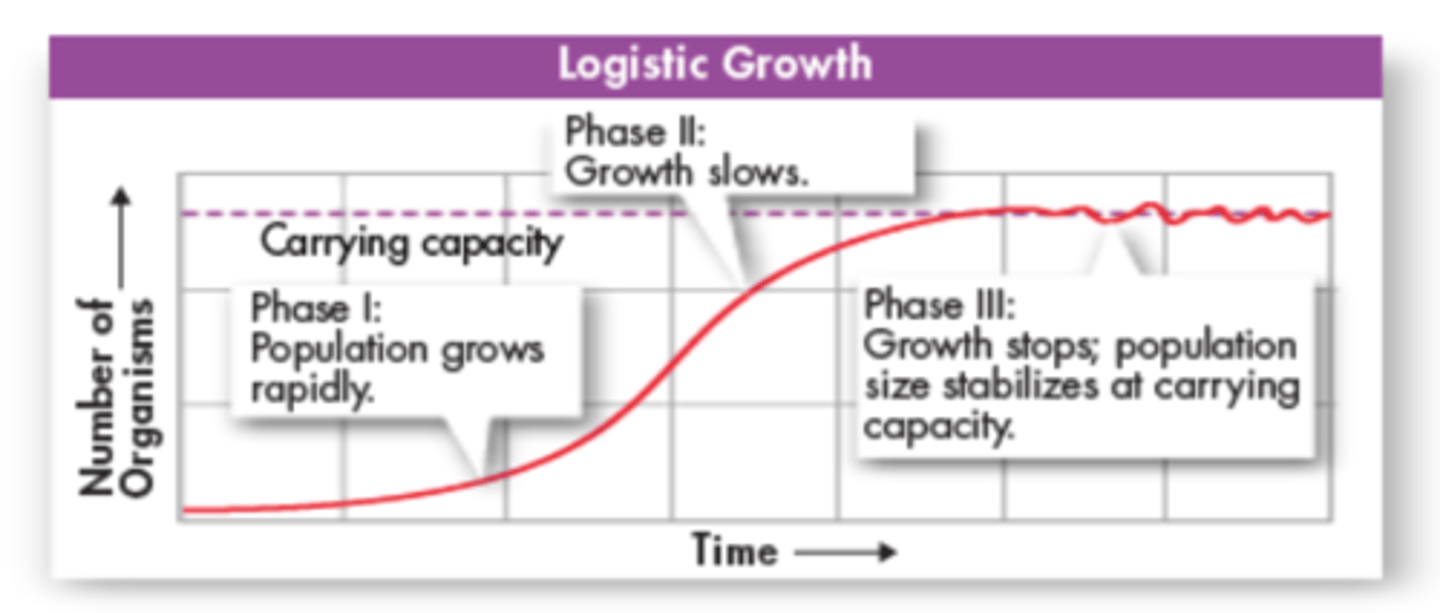
J-Shaped Curve
A growth curve that rises slowly at first, and then rises faster and faster, representing exponential growth.
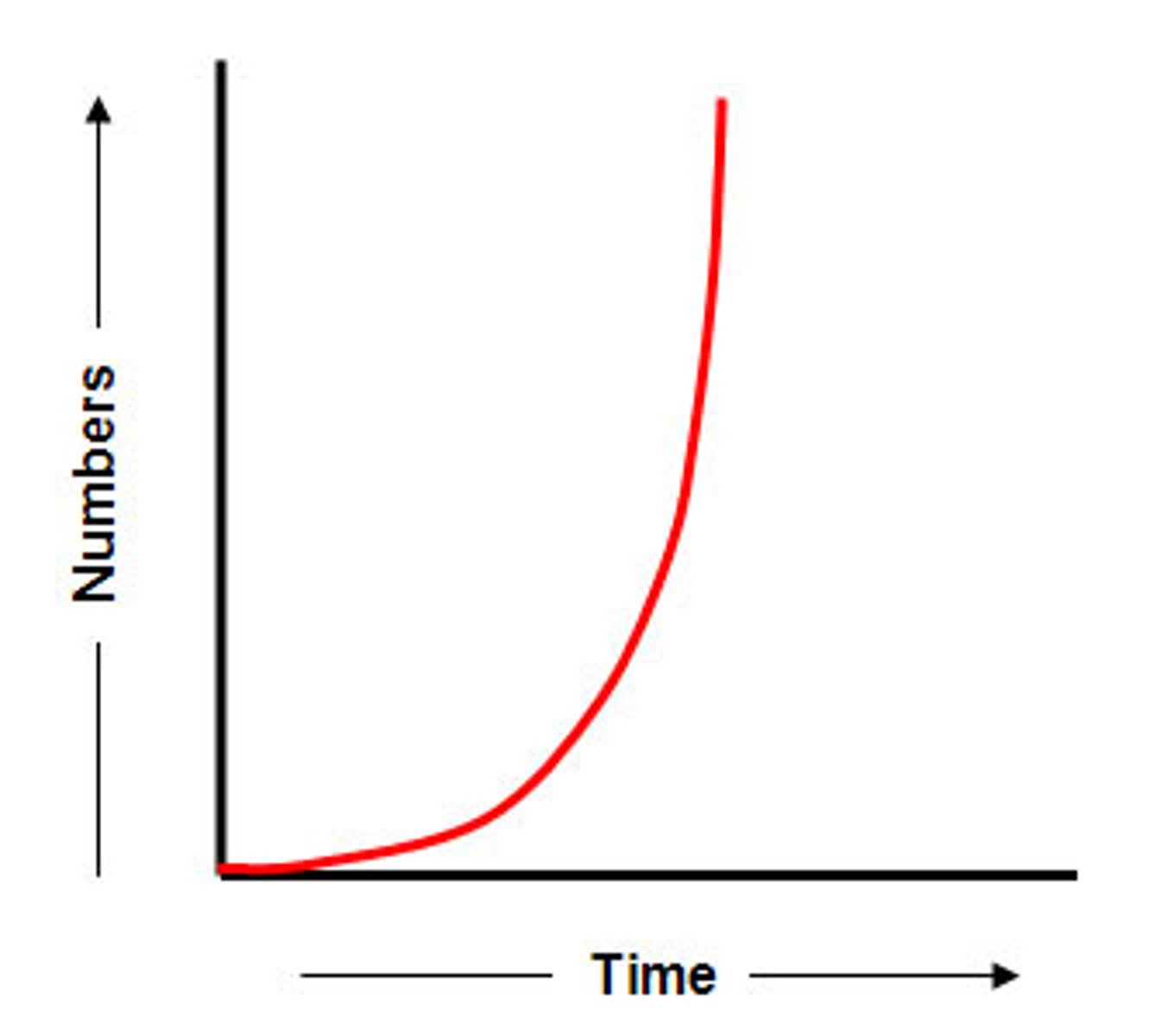
S-Shaped Curve
A growth curve that represents what is called logistic growth. Growth of the population starts slowly at first and as the population begins to compete for resources growth steadies and stabilizes at carrying capacity.
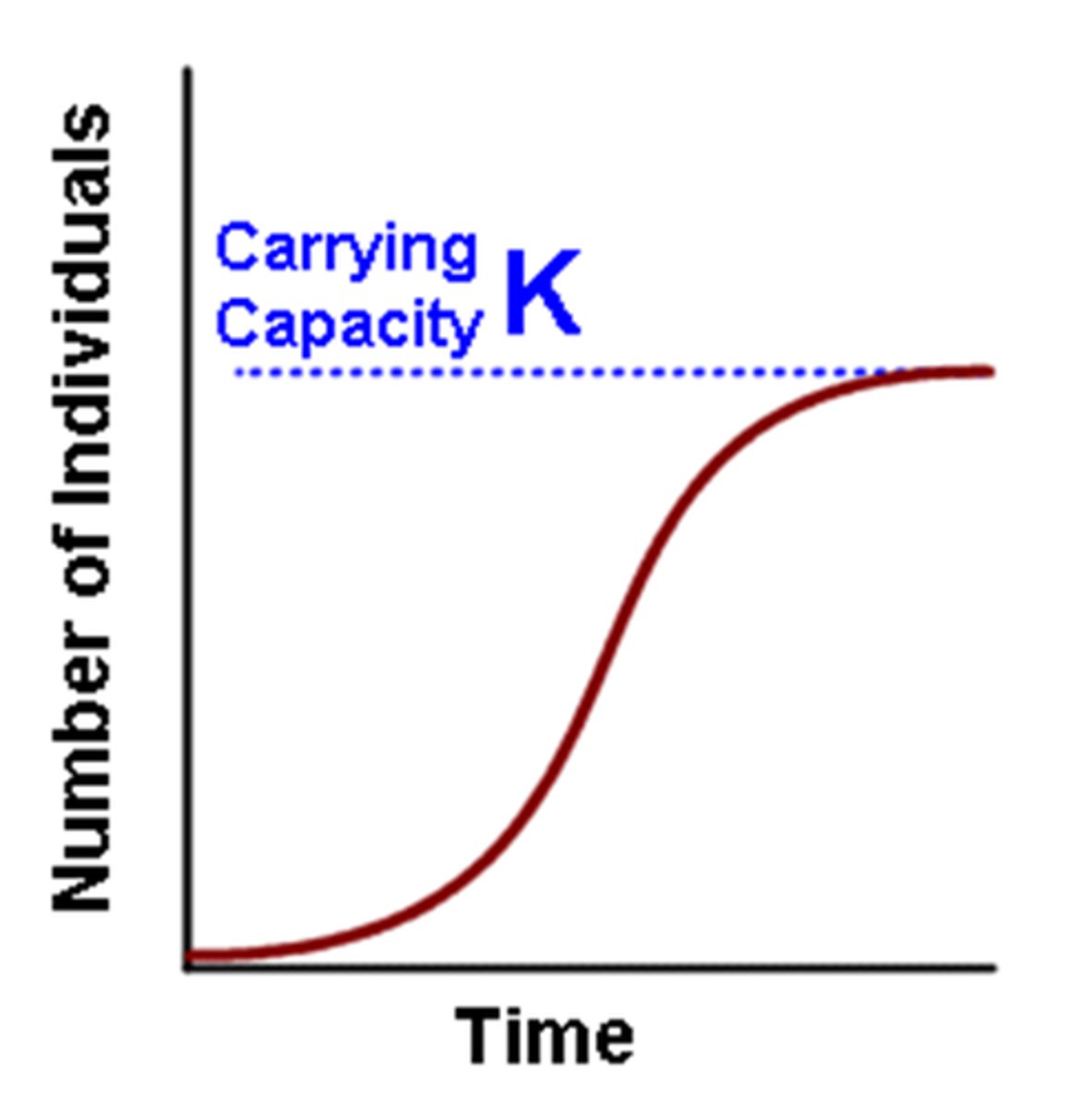
Carrying Capacity
The maximum number of individuals of a particular species that a particular environment can support. Growth rate is zero.
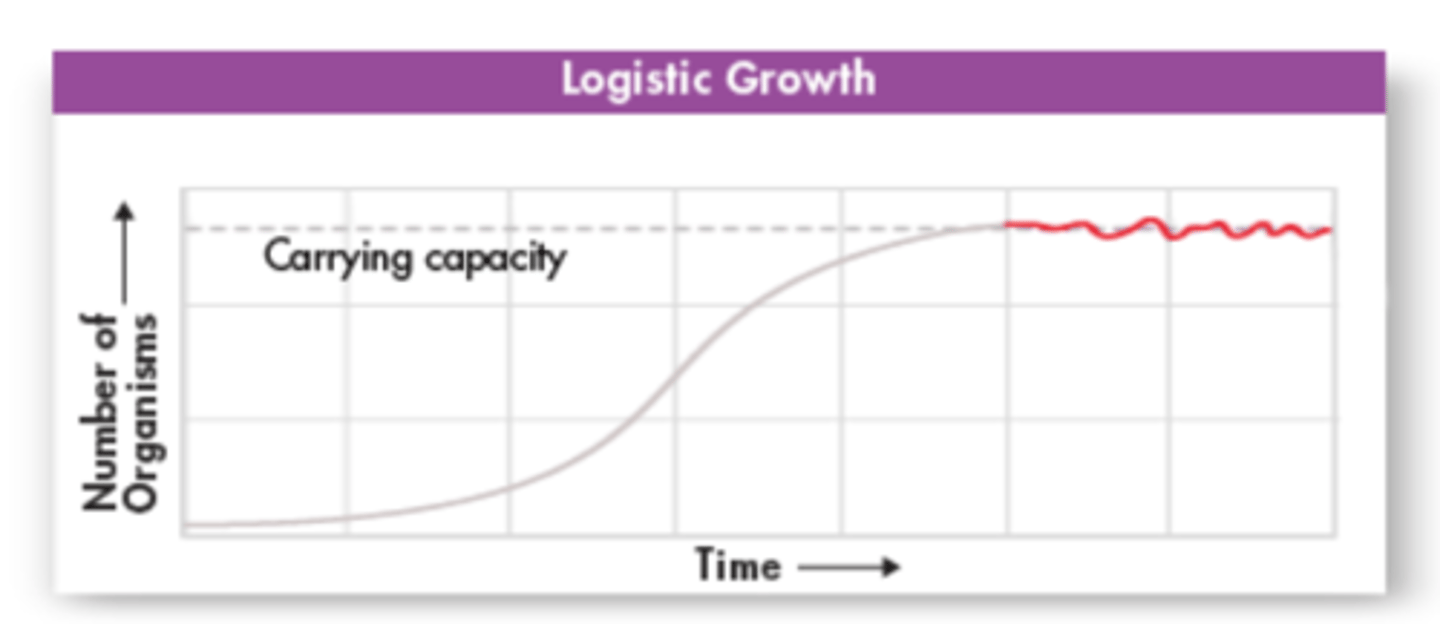
Factors Affecting Population Growth
* The number of births
* The number of deaths
* The rate at which individuals enter (immigration) or leave
(emigration) the population
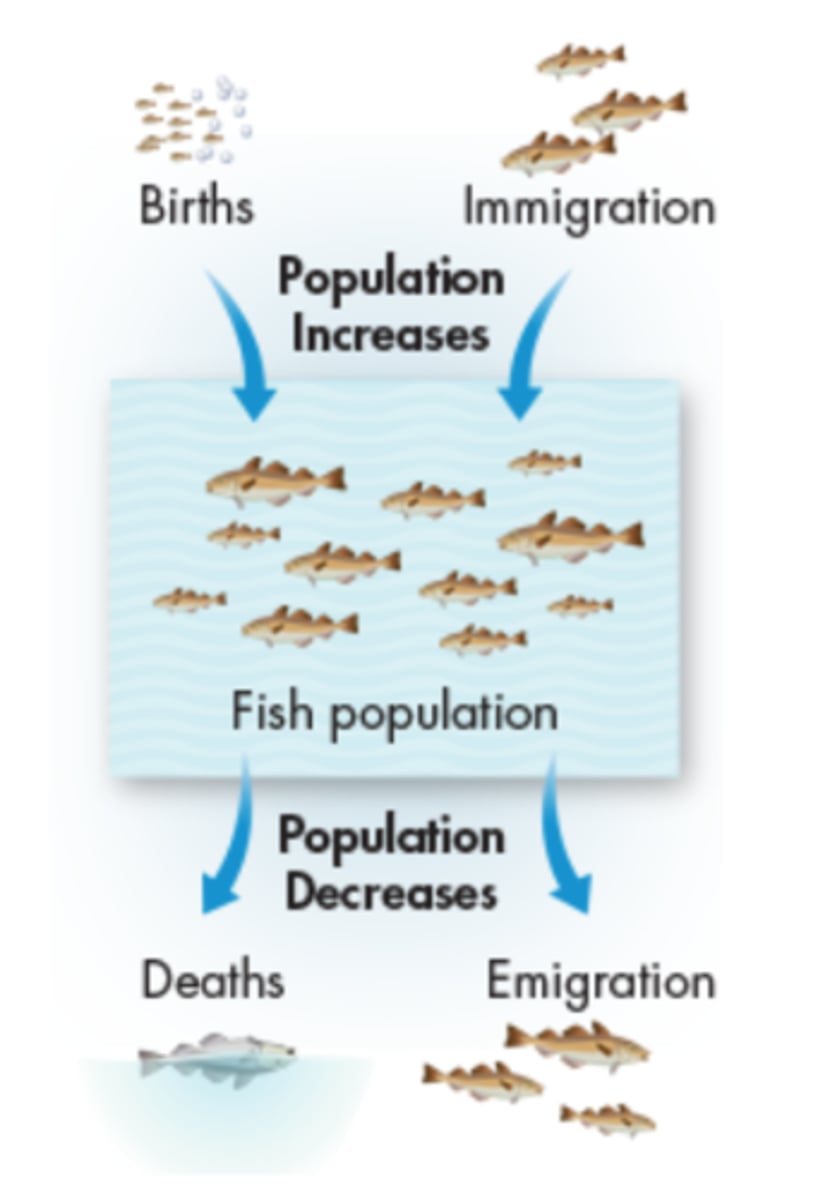
Positive Growth Rate
A population increases in size due to birth rate exceeding death rate and/or immigration exceeding emigration.
Negative Growth Rate
A population decreases in size due to death rate exceeding birth rate and/or emigration exceeding immigration.
Zero Growth Rate
A population stays about the same size due to birth rate and death rate being the same and/or immigration and emigration being the same.
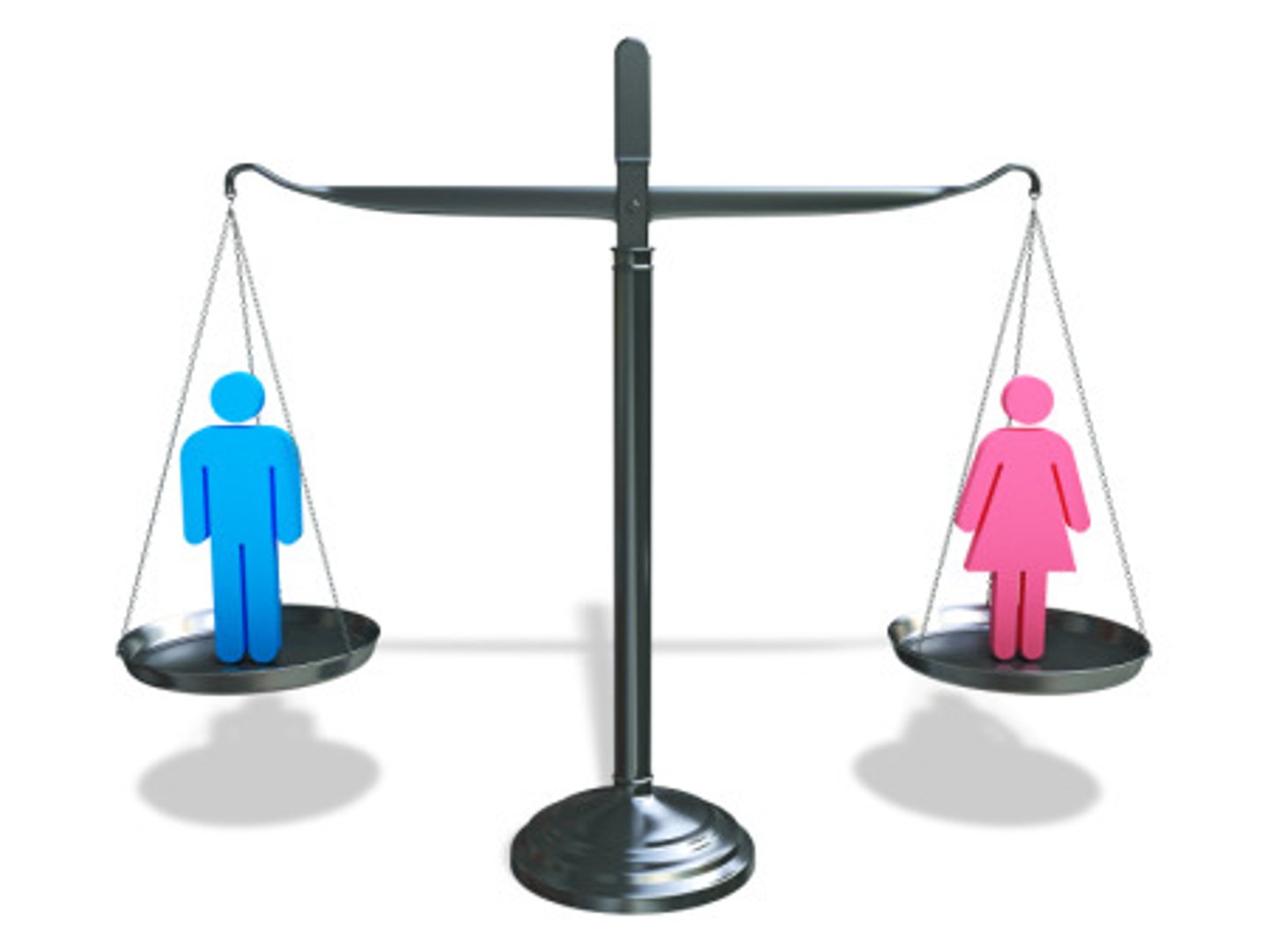
Phases of Population Growth
Phase I - The population grows rapidly.
Phase II - Growth slows
Phase III - Growth stops and stabilizes at carrying capacity
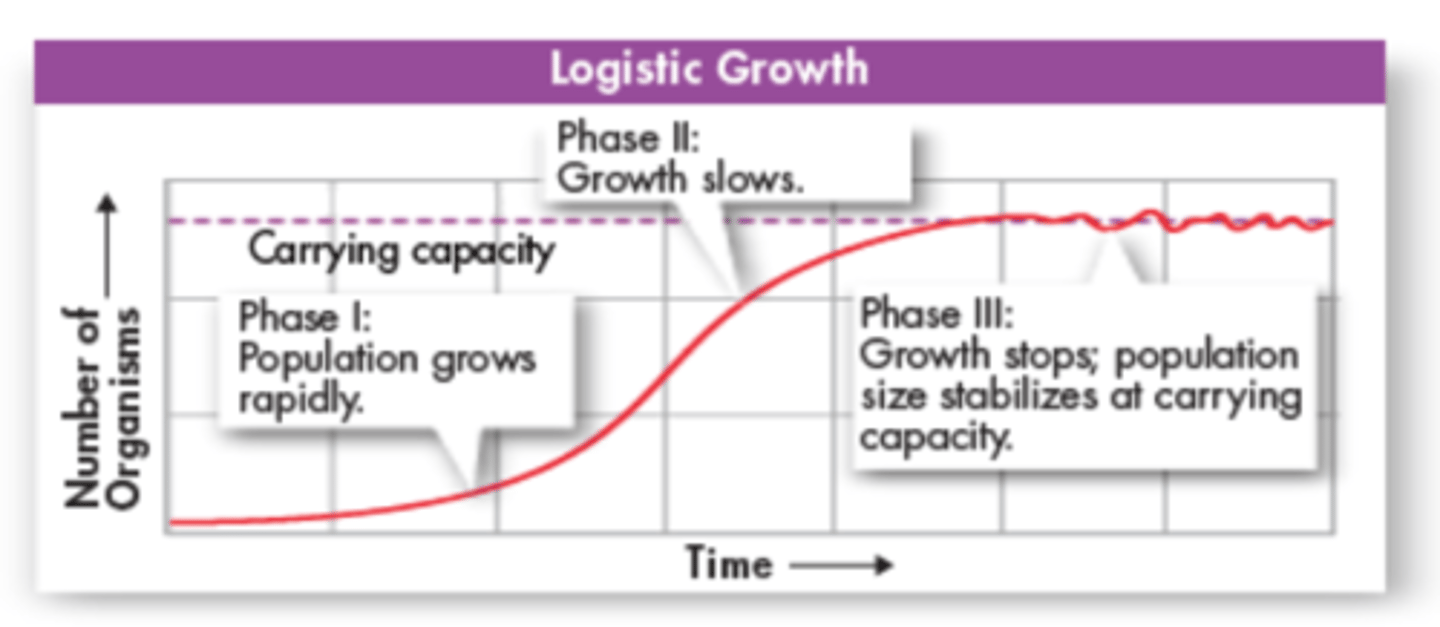
Clumped Population Distribution (Example)
A school of fish
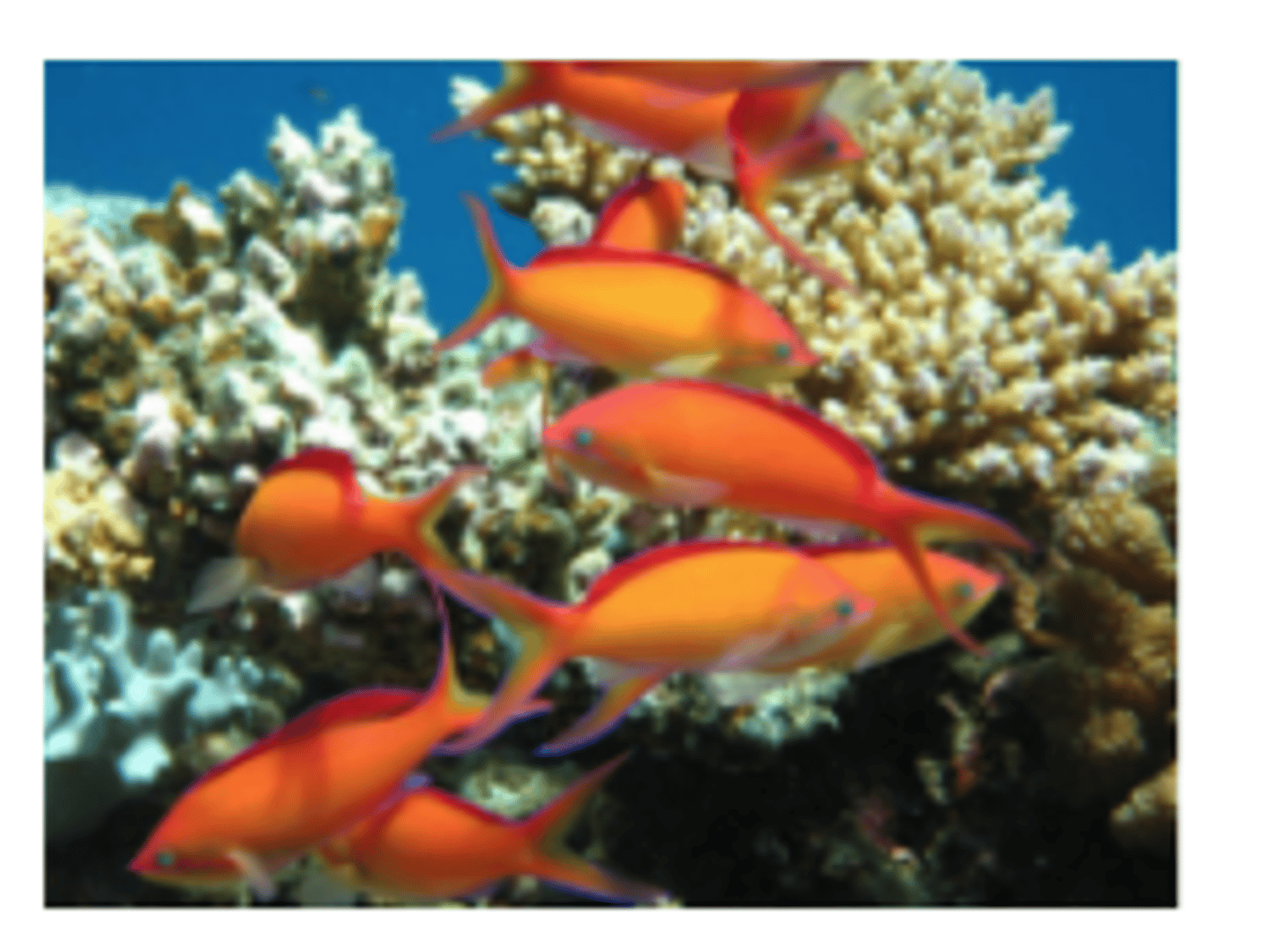
Random Population Distribution (Example)
Purple lupine
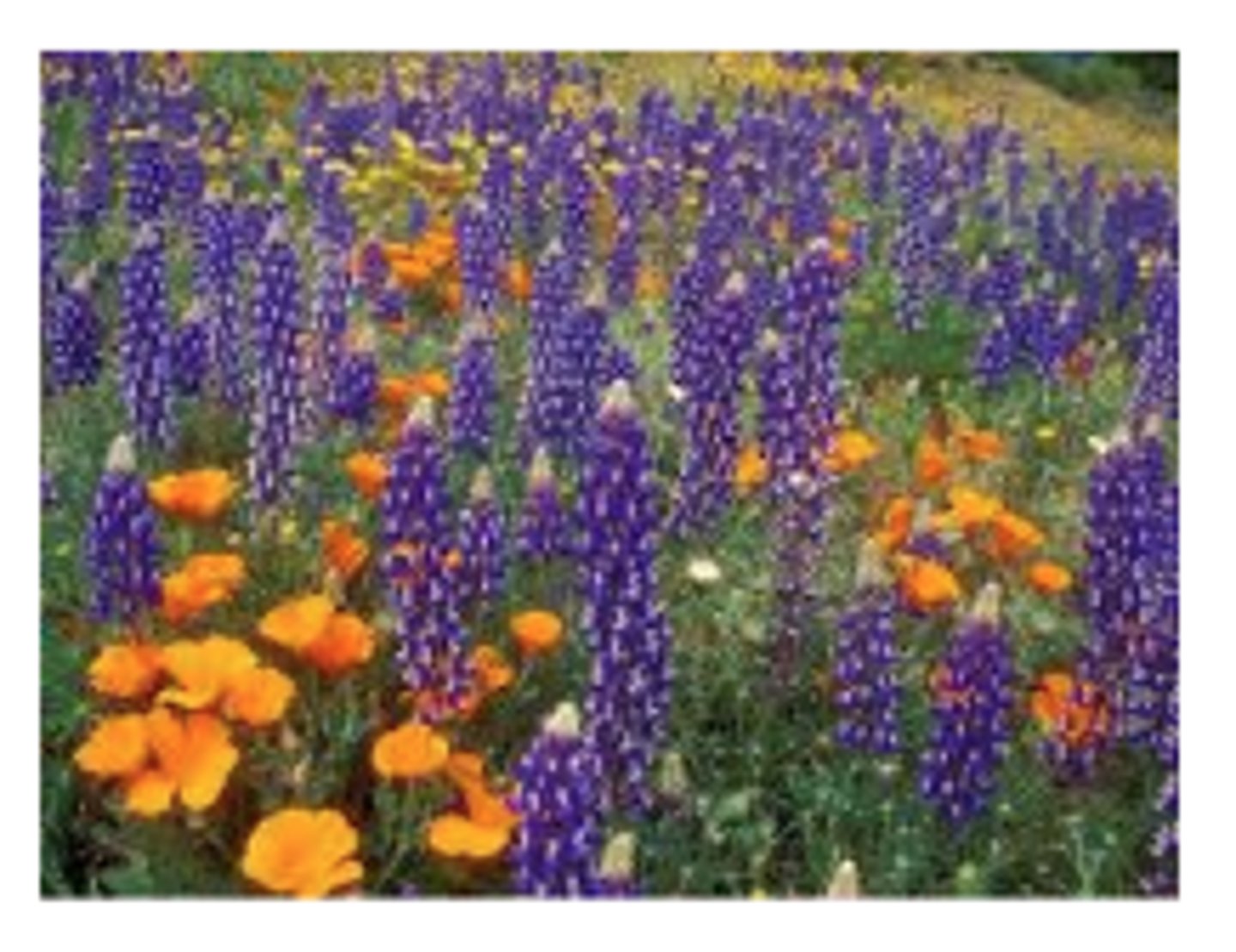
Uniform Population Distribution (Example)
Penguins
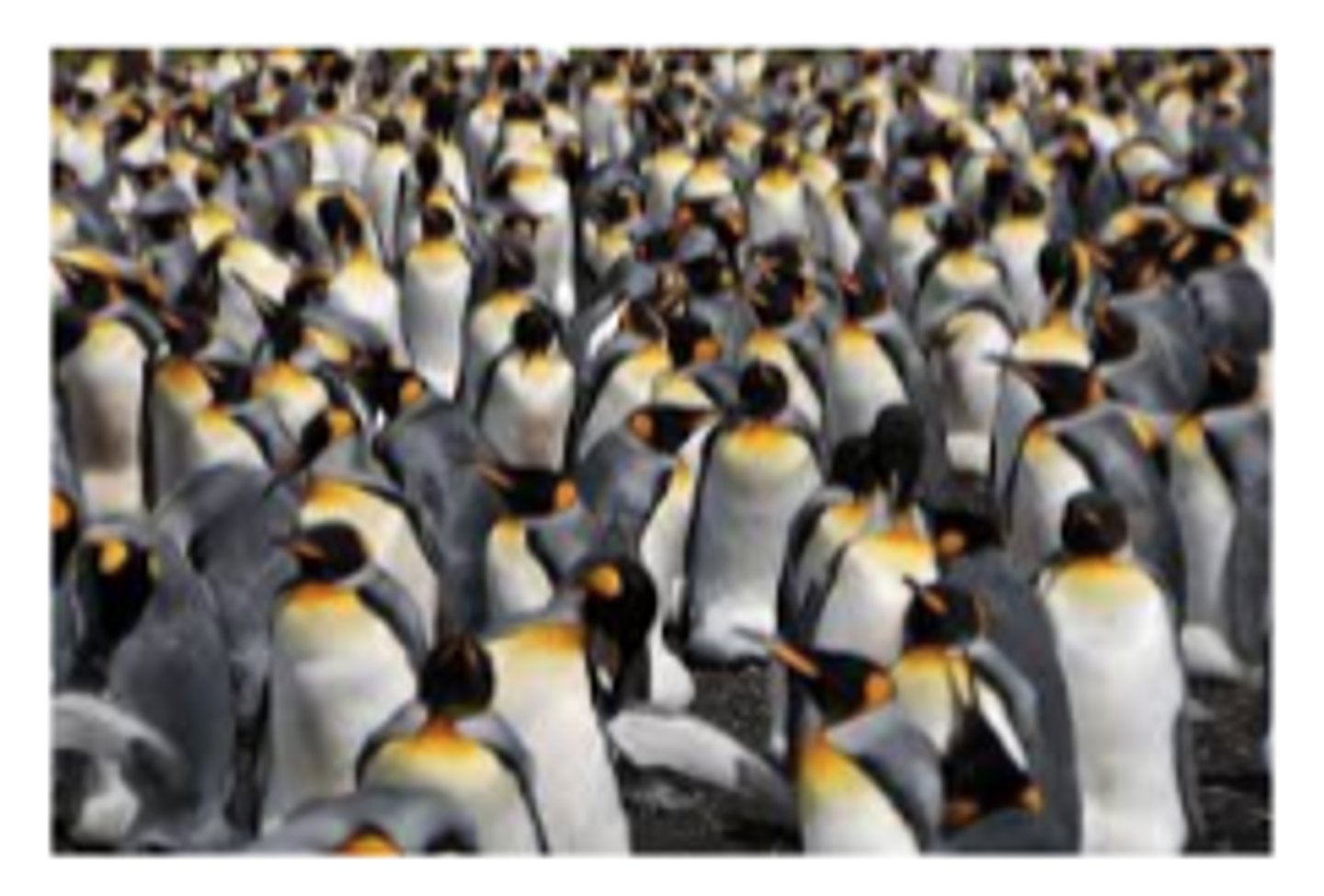
Clumped Distribution (Description)
Individuals in a population are organized in a tight group
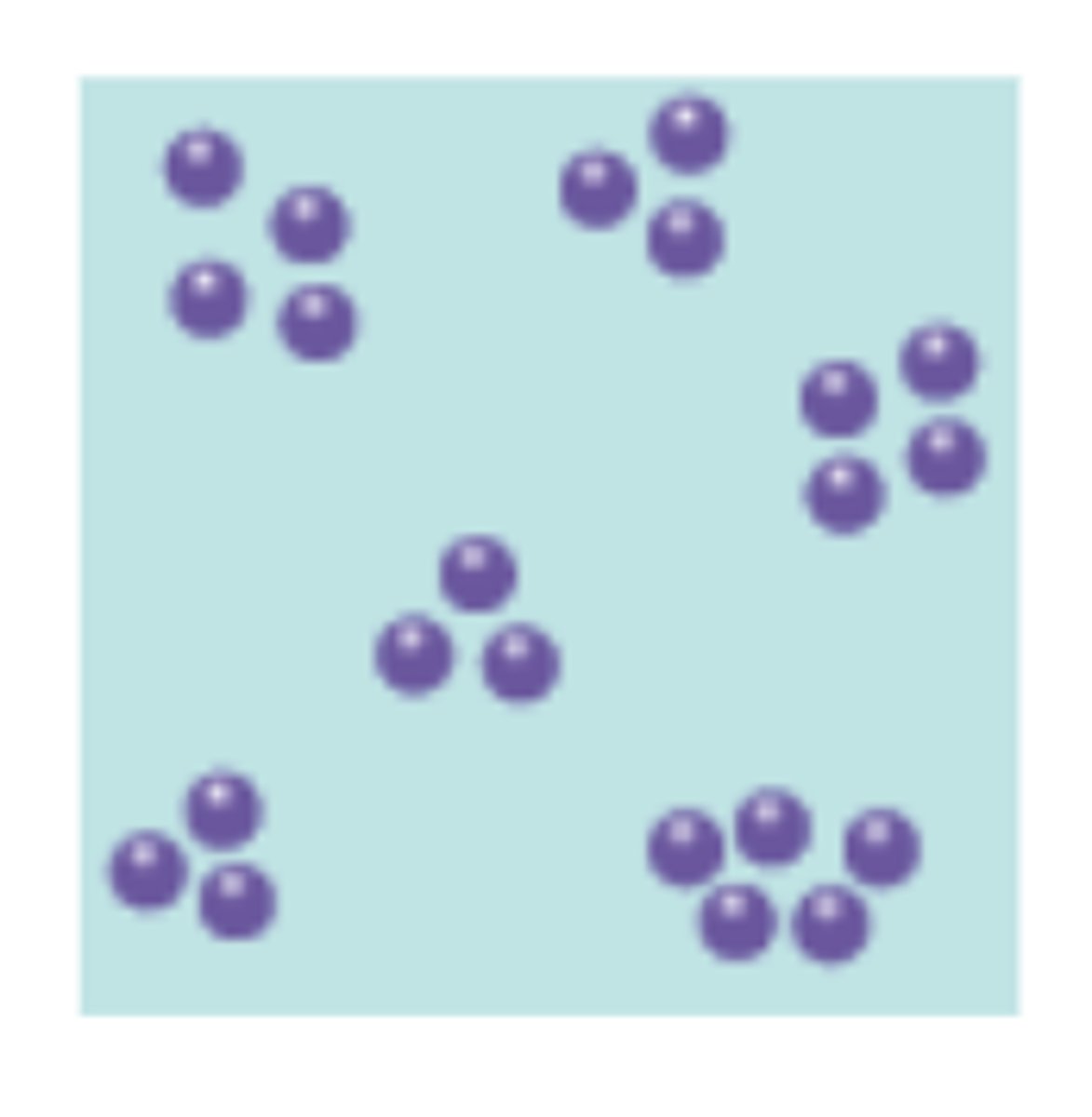
Random Distribution (Description)
Individuals in a population grow in a random pattern
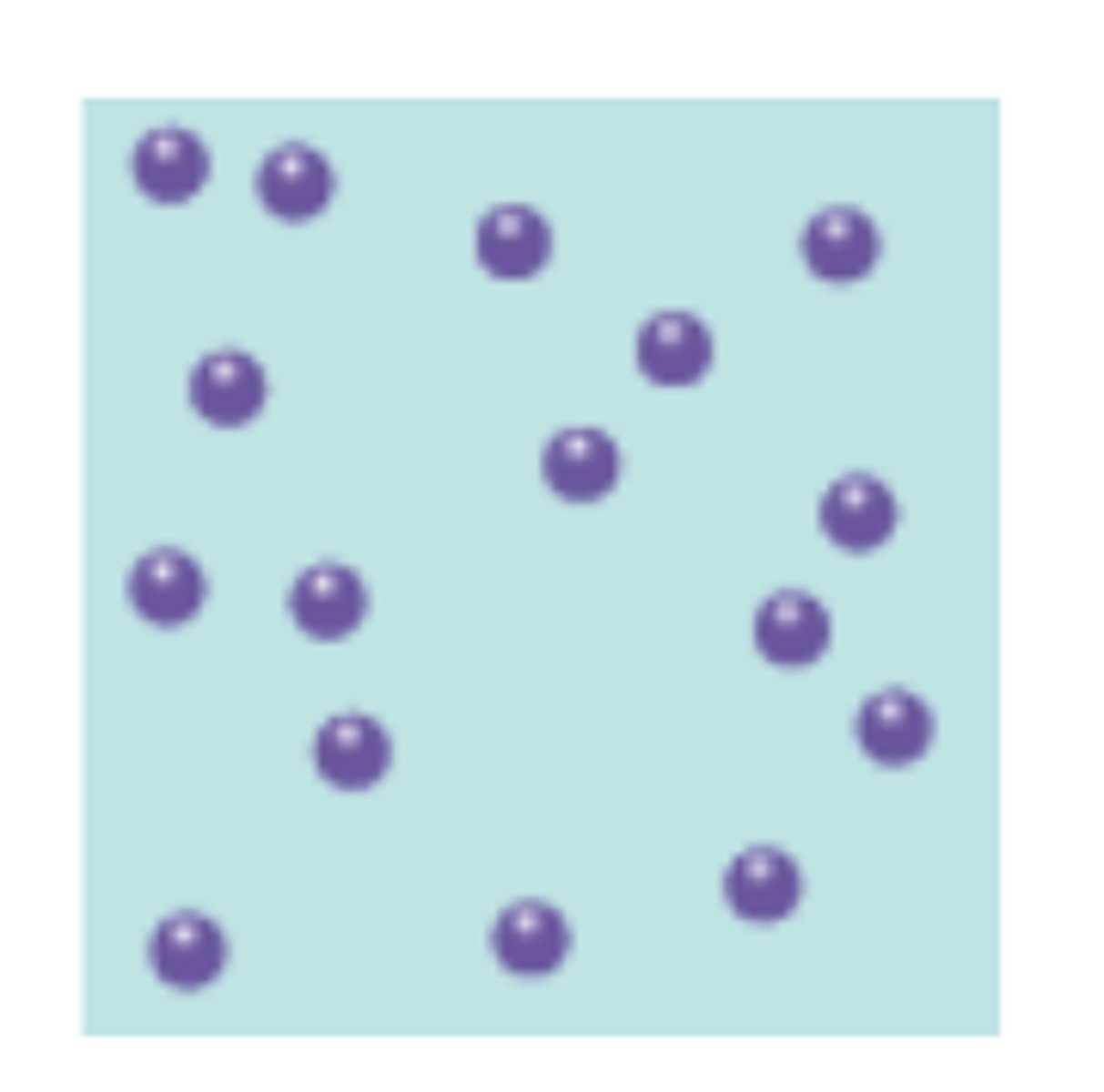
Uniform Distribution (Description)
Individuals in a population are distributed in a uniform pattern
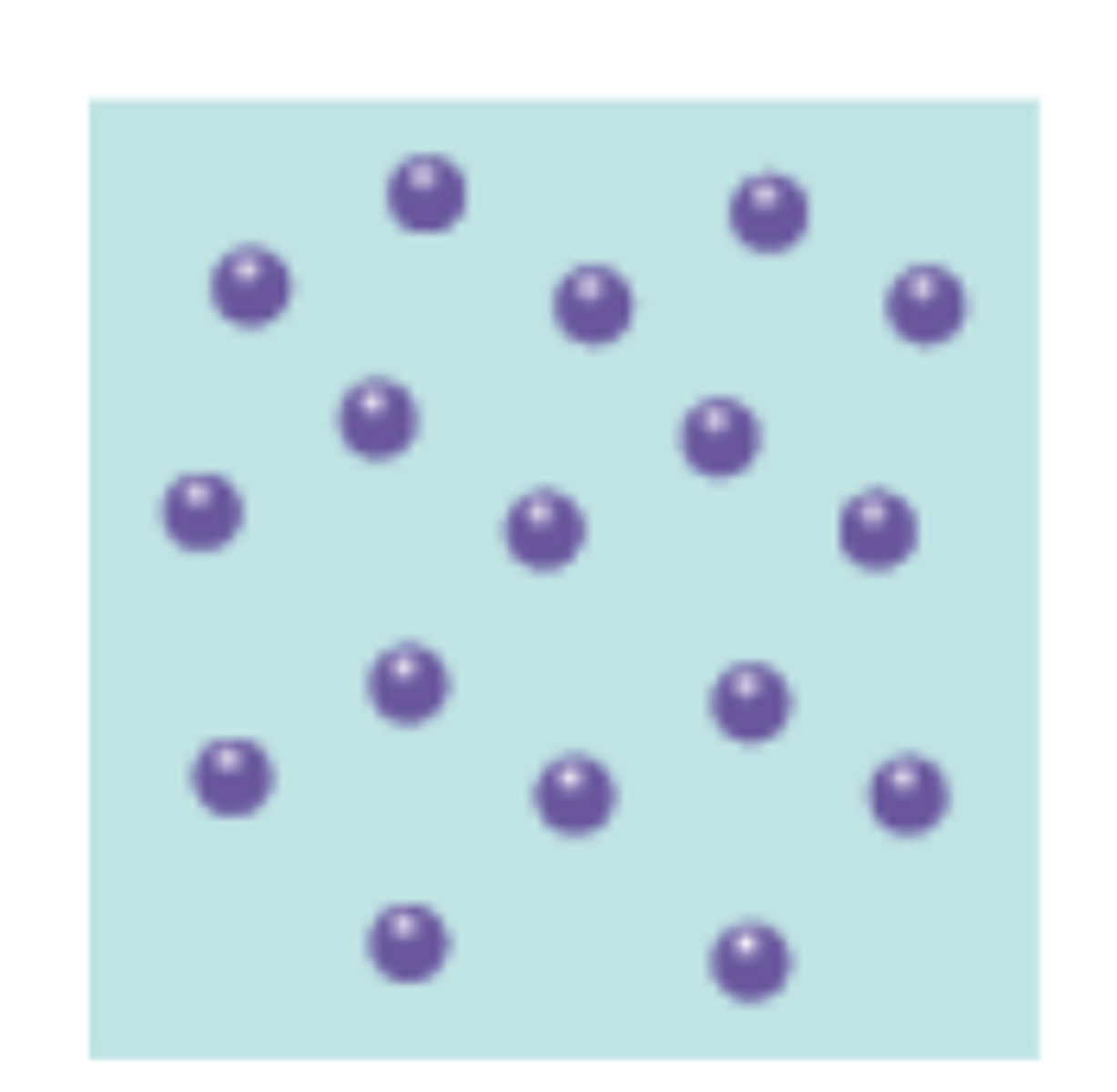
Limiting Factor
A factor that controls the growth of a population.
Examples include: competition, predation, parasitism, and disease
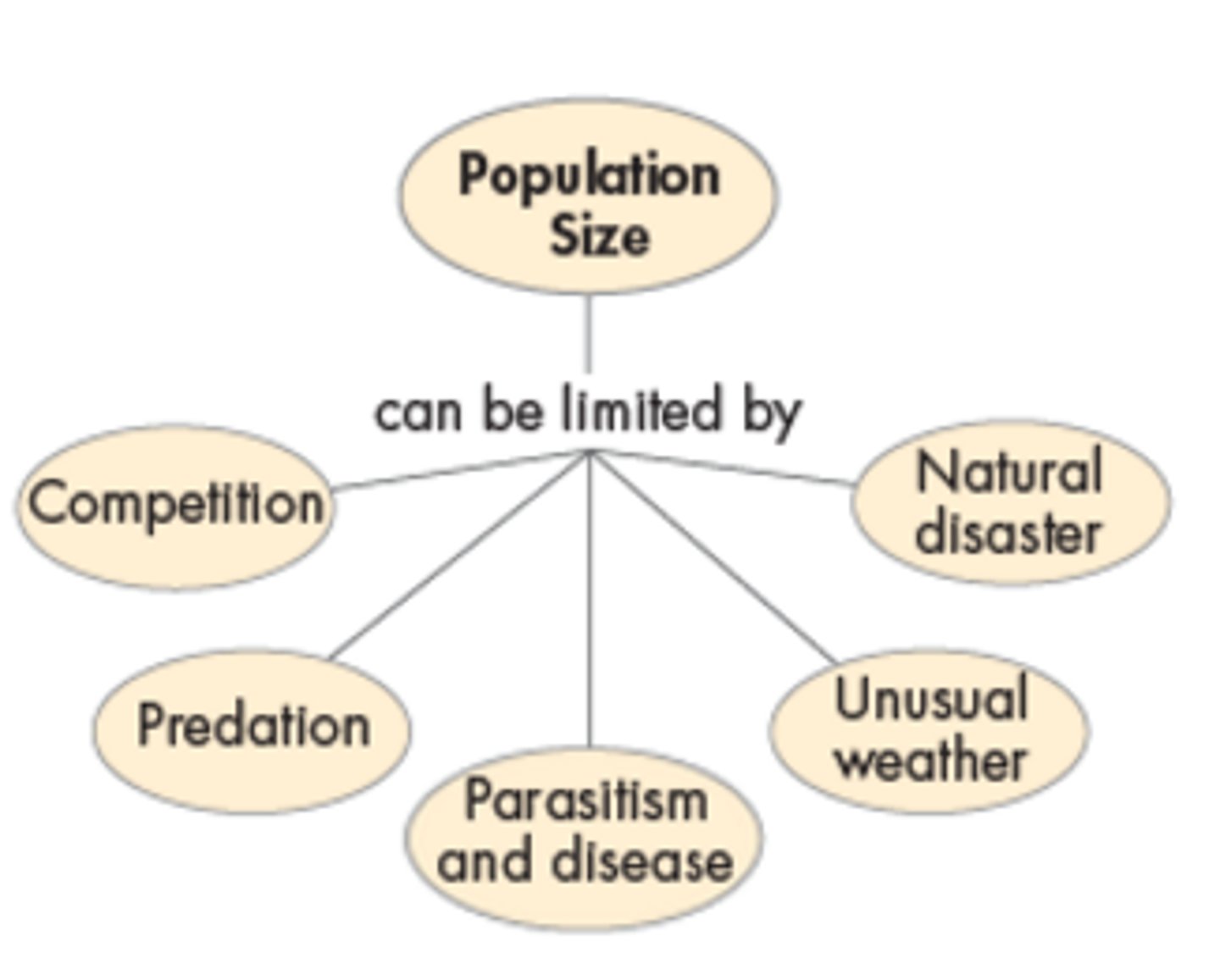
Density-Dependent Limiting Factors
Factors that operate strongly only when population density reaches a certain level. These factors do not affect small, scattered populations as much.
Examples include competition, predation, herbivory, parasitism, disease, and stress from overcrowding.
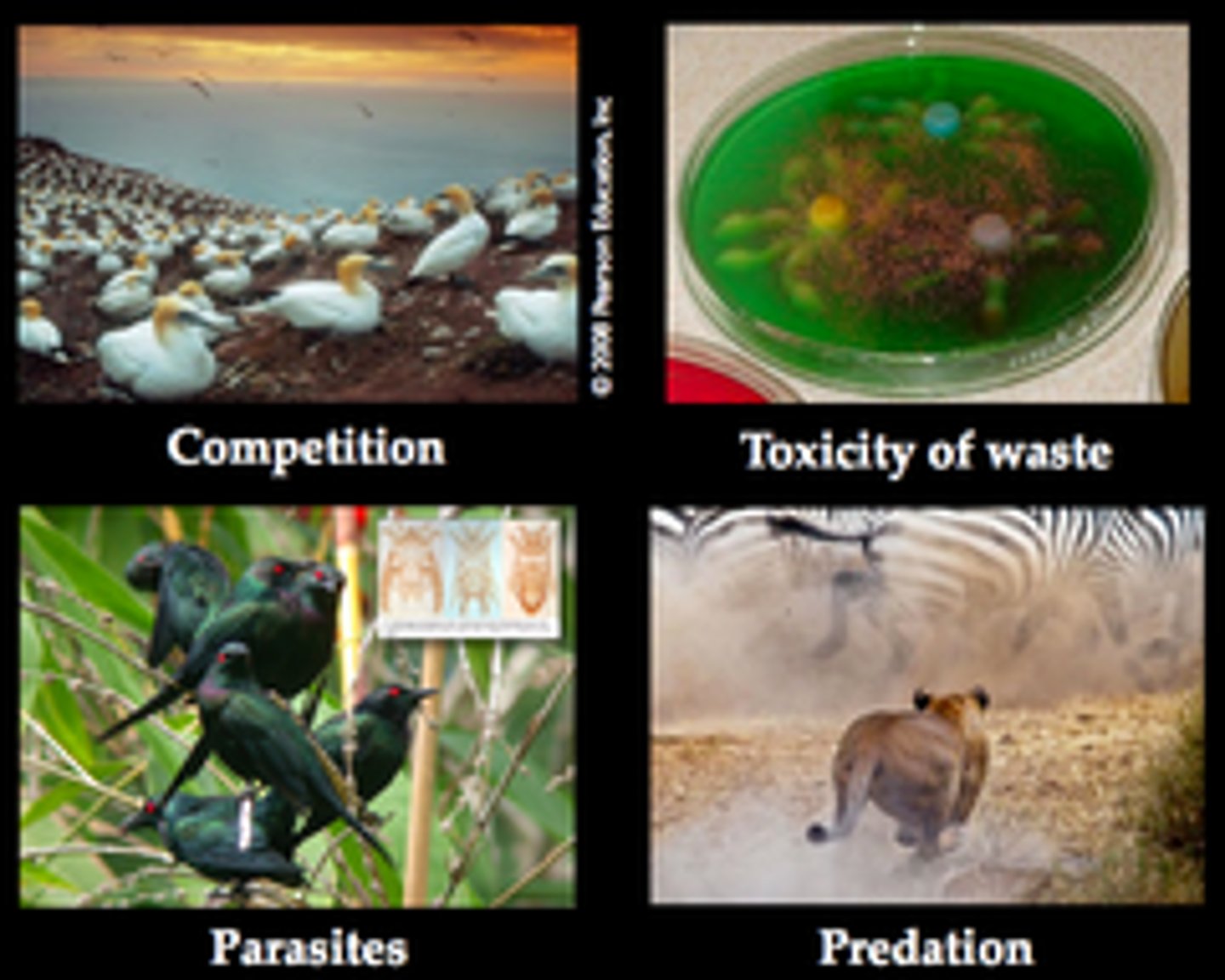
Competition
A density-dependent limiting factor. The more individuals living in an area, the sooner they use up the available resources and the more crowded so individuals compete with other organisms for food, water, space, sunlight, and other essentials.
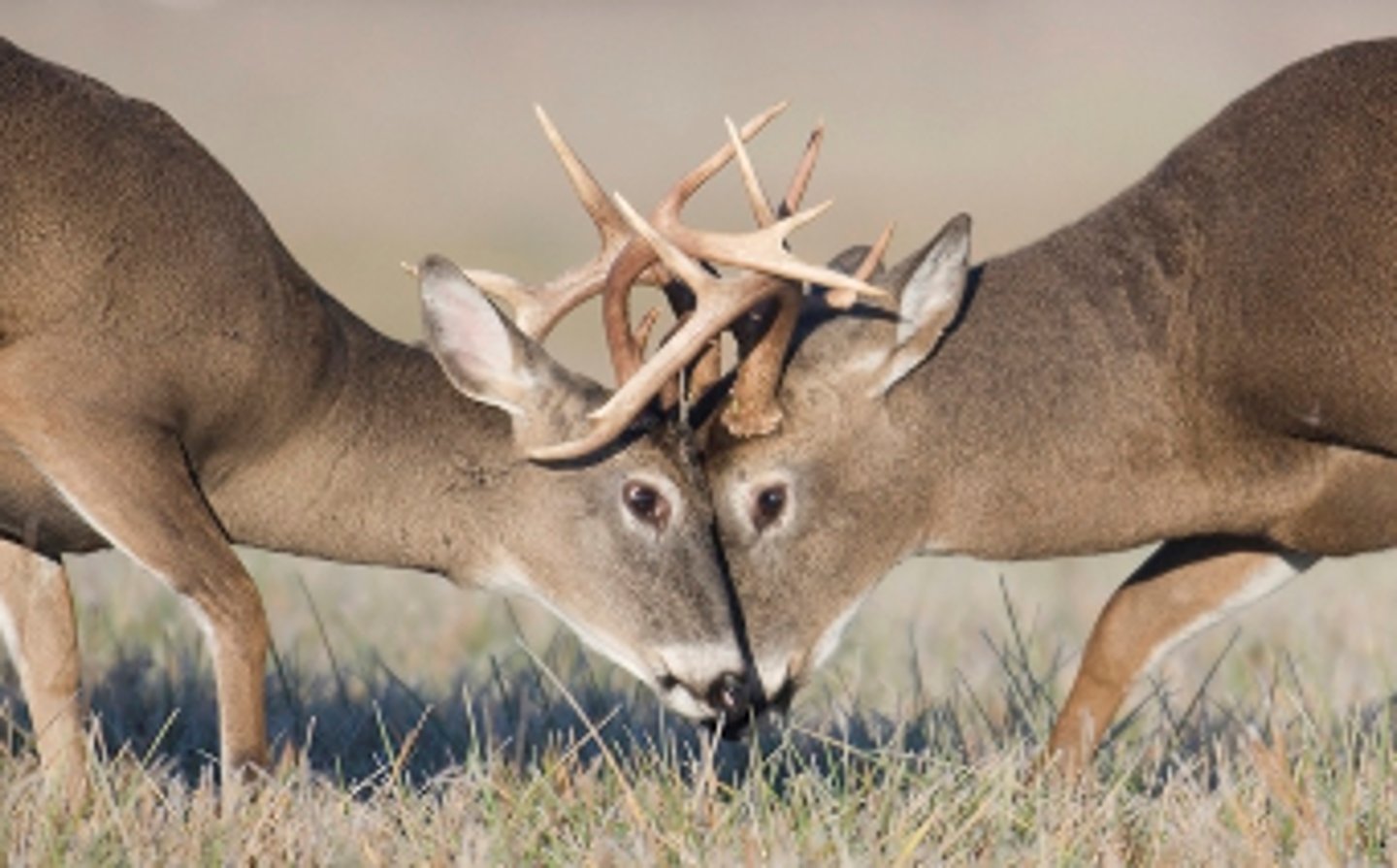
Parasites and Disease Causing Organisms
Feed at the expense of their hosts, weakening them and often causing disease or death.
Density- Independent Factors
Factors that are NOT affected by population density. These factors affect all members of the population the same. Examples include: unusual weather, natural disasters, and certain human activities such as damming of rivers and clear-cutting forests.
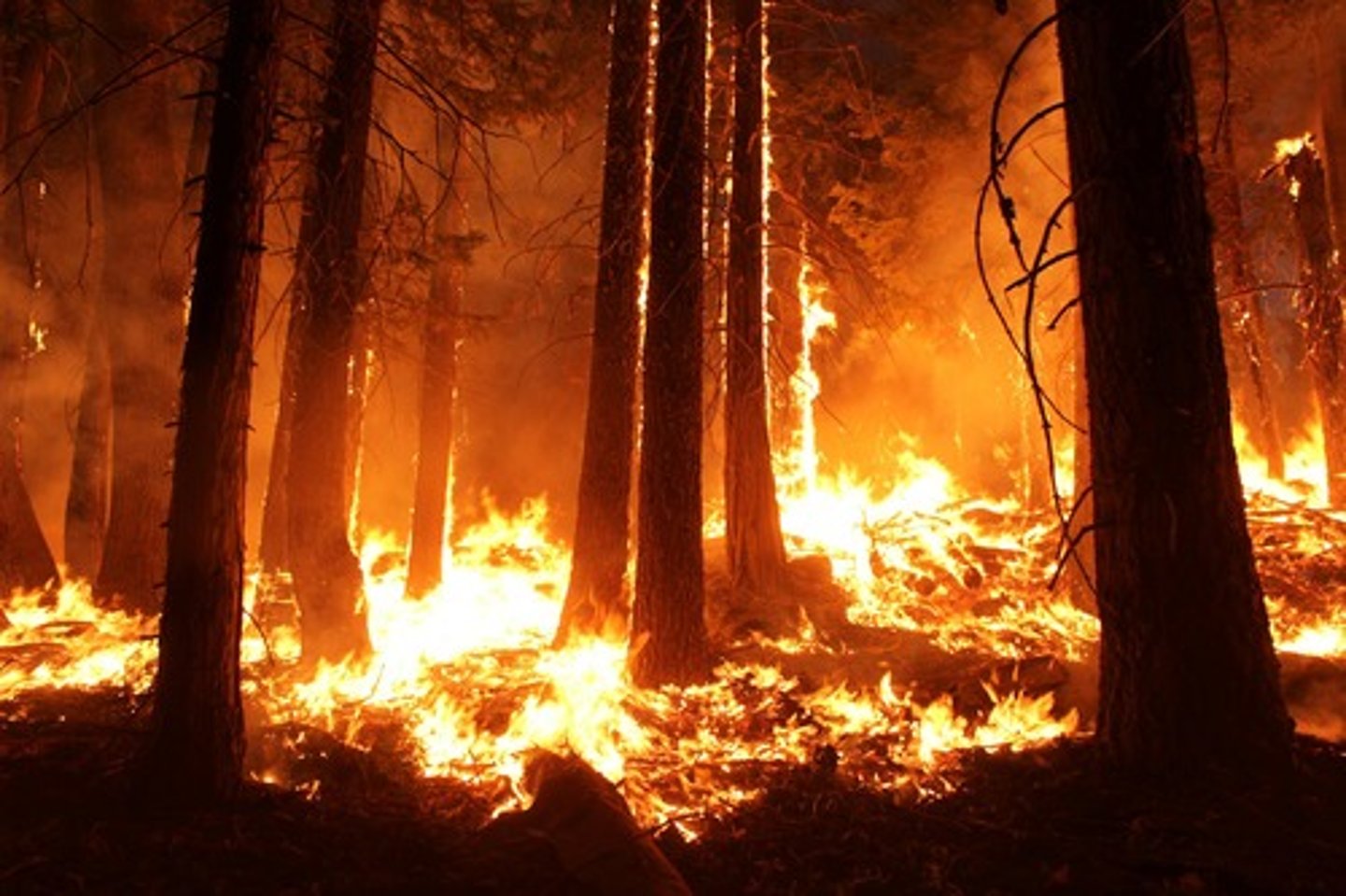
Predation
A density dependent factor that limits population size when predators eat prey
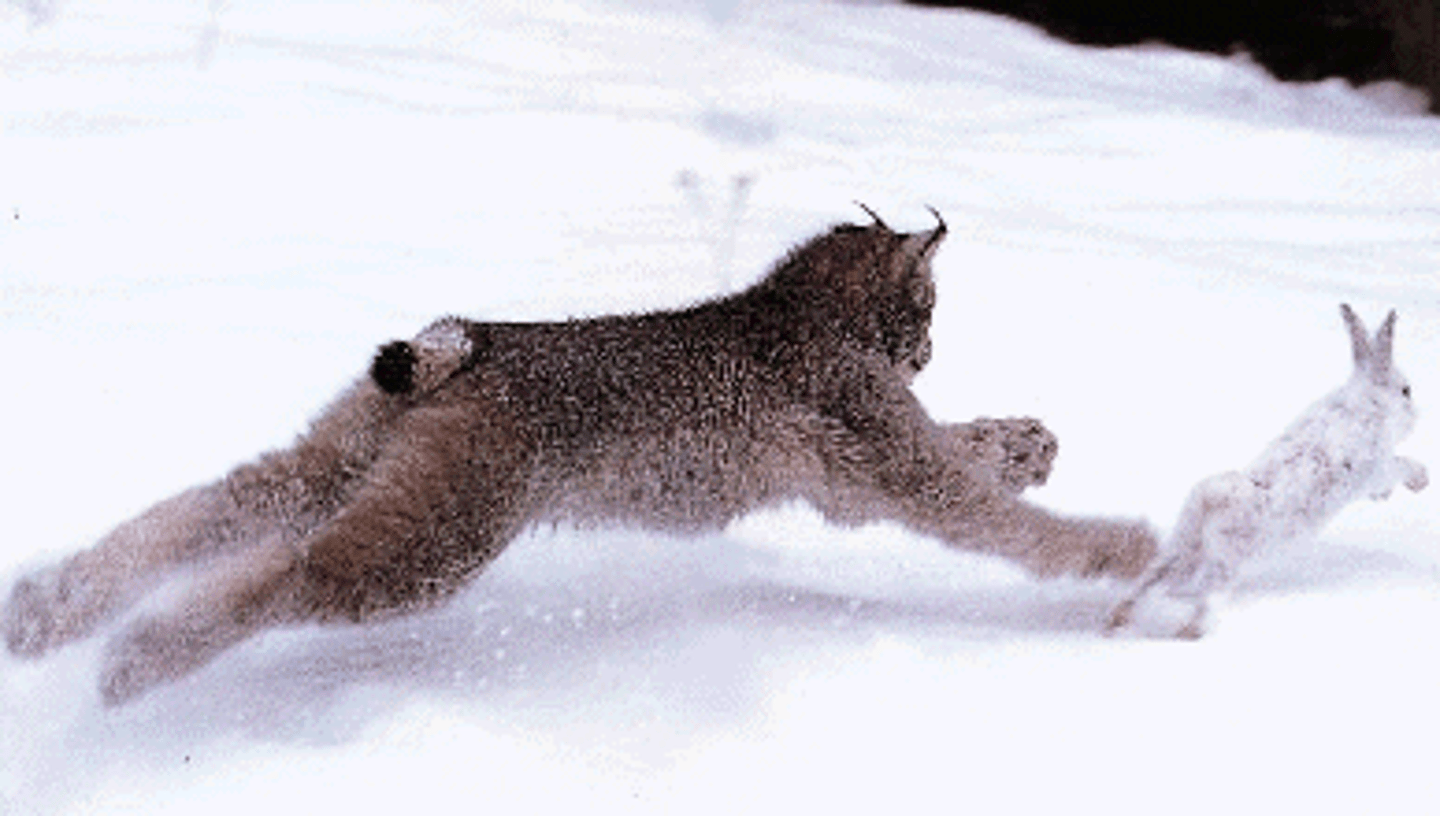
Parasitism and Disease
A density dependent factor that limits population size when organisms are infected by a parasite or disease. The more individuals in an area the more like the parasite or disease will spread to the individuals nearby
Overcrowding
A density dependent factor that limits population size as a result of organisms becoming overcrowded which can cause high levels of stress, which can weaken the and organisms ability to resist disease, cause females to neglect, kill, or even eat their own offspring and lower birthrates, raise death rates, or both, and can also increase rates of emigration
